-
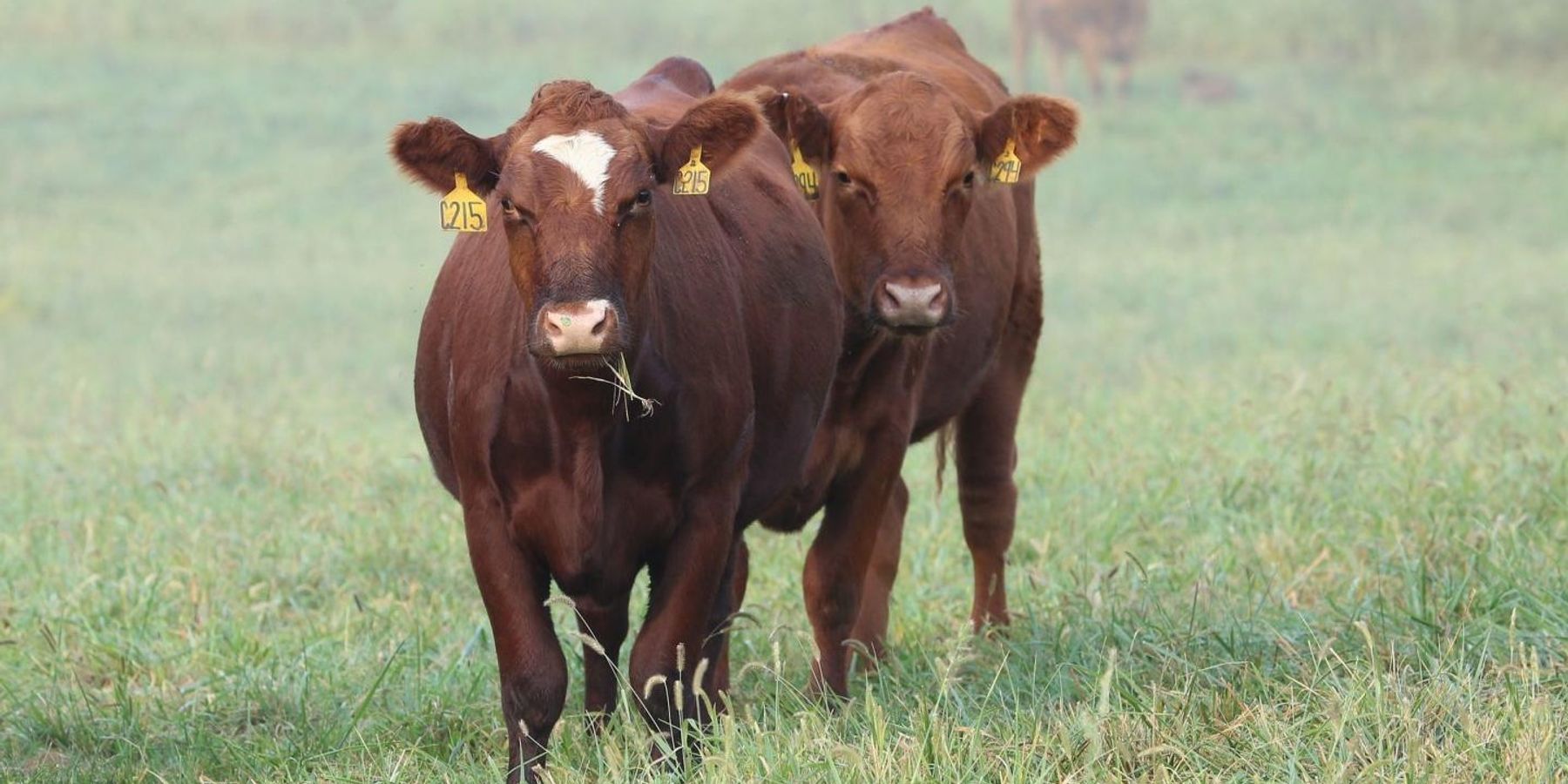
Cattle losing adaptations to environment
As a fourth-generation cattle farmer, Jared Decker knows that cattle suffer from health and productivity issues when they are taken from one environment — which the herd has spent generations adapting to — to a place with a different climate, a different elevation or even different gr...Read more -
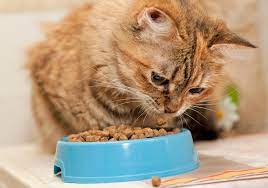
Cats prefer to get free meals rather than work for them
When given the choice between a free meal and performing a task for a meal, cats would prefer the meal that doesn’t require much effort. While that might not come as a surprise to some cat lovers, it does to cat behaviorists. Most animals prefer to work for their food — a behavior cal...Read more -
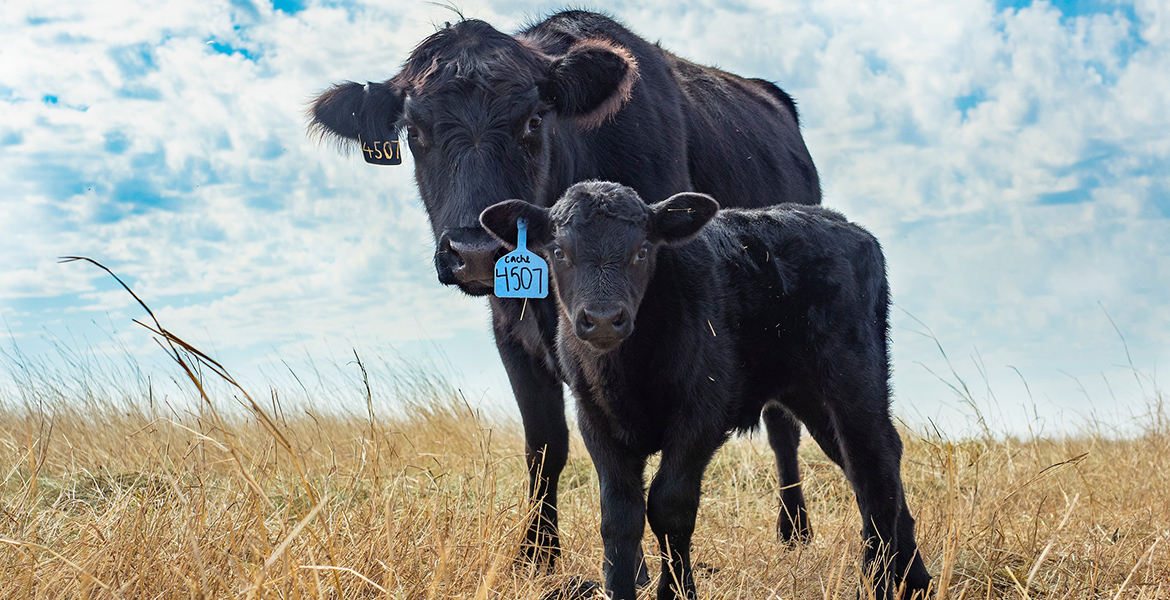
Remember proper injection sites when working calves
Many cow-calf operators are in the process of or getting ready to castrate male calves, immunize every calf against blackleg and respiratory diseases, and in some situations, booster yearlings. Correct administration of any injection is a critical control point in beef production and anima...Read more -
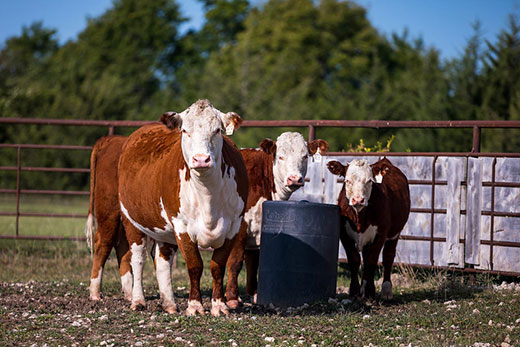
Caring for first-calf heifers and calves
When looking at annual cow costs and doing an economic analysis, three categories tend to make up the largest percentage of total costs: feed, labor/equipment and cow depreciation. Other expenses occur, such as breeding expense and veterinary costs, but they tend to be significantly less than the...Read more -
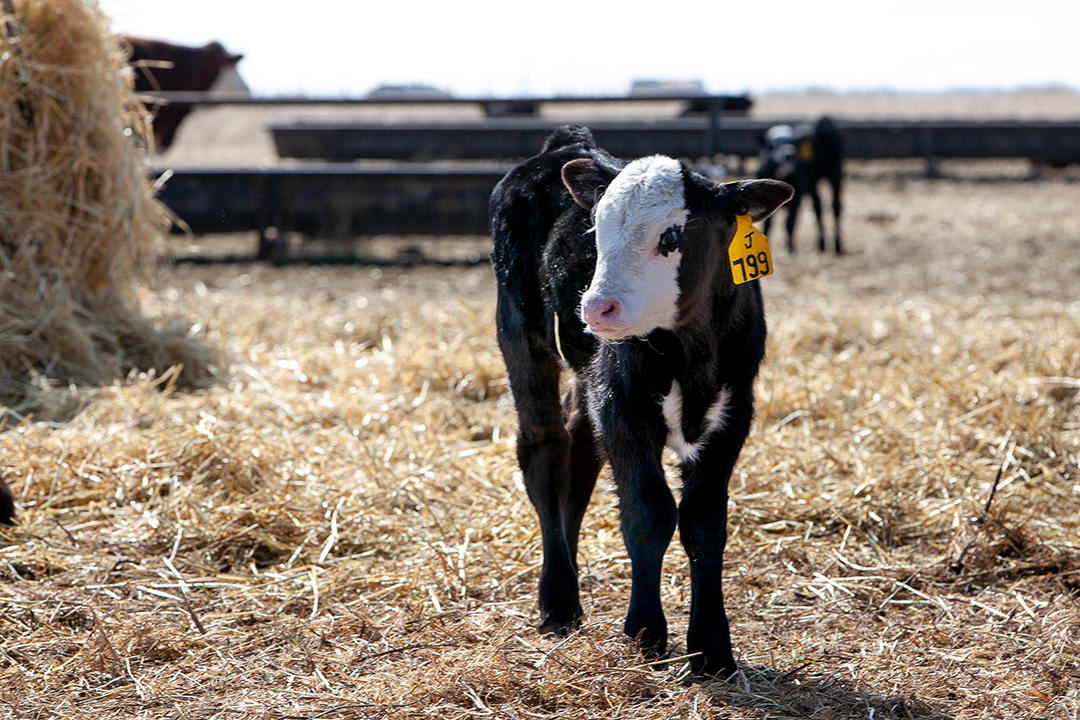
Reducing calves’ castration pain drives research
Reducing or mitigating the pain of castration for male beef calves is one of the main animal welfare concerns in the beef cattle industry today. Canada’s national codes of practice for the care and handling of both beef and dairy cattle recommend that male calves be castrated within the first few...Read more -
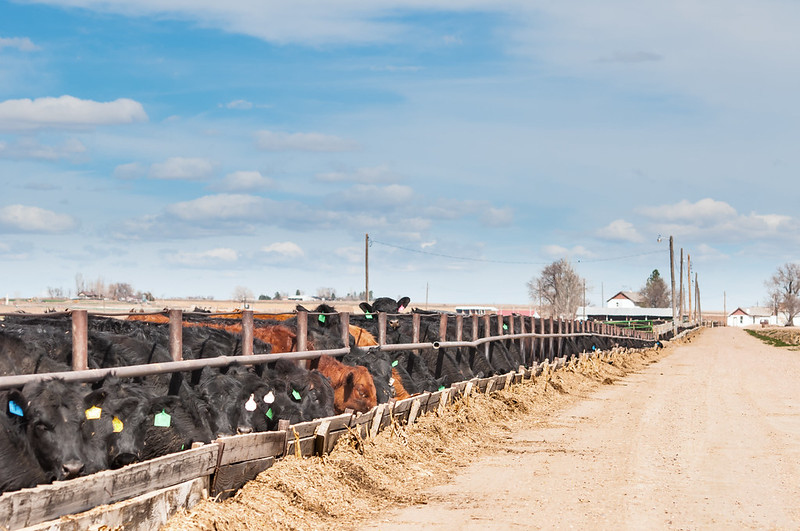
Liver disease impacts feedlot bottom line
If more than 20% of an animal’s liver is affected by abscesses, the feedlot’s bottom line will be impacted A recent project out of south-east Queensland has provided new insight for feeders on the impact of liver defects, particularly on carcass characteristics, and the health and performance of ...Read more -
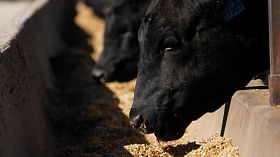
How liver disease is impacting feedlots’ bottom line
A recent project out of south-east Queensland has provided lot feeders with a range of insights into the effect of liver defects on carcase characteristics, performance and health of feedlot cattle. As part of the MLA-funded study led by Associate Professor Rachel Allavena from the University of ...Read more -
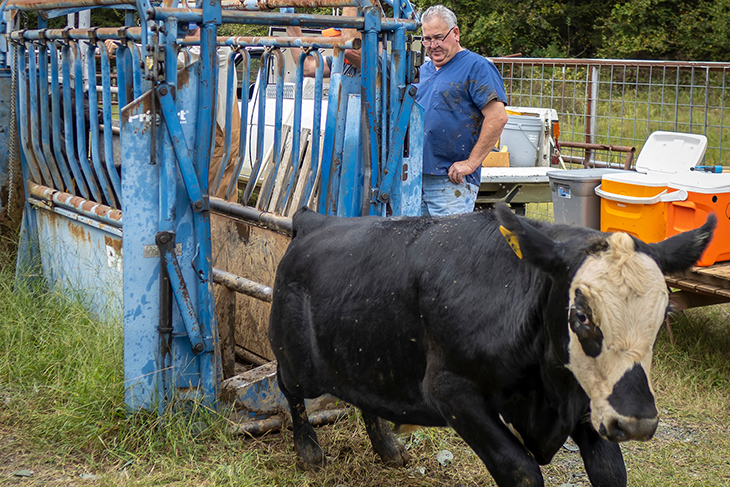
Herd health programs support healthy cattle markets
Cow-calf producers have embraced management strategies that make their livestock a better value to the rest of the U.S. beef cattle industry, but Bovine Respiratory Disease continues to be an area where improvement is needed. “Better BRD control is going to require an industry-wide effort that fo...Read more -
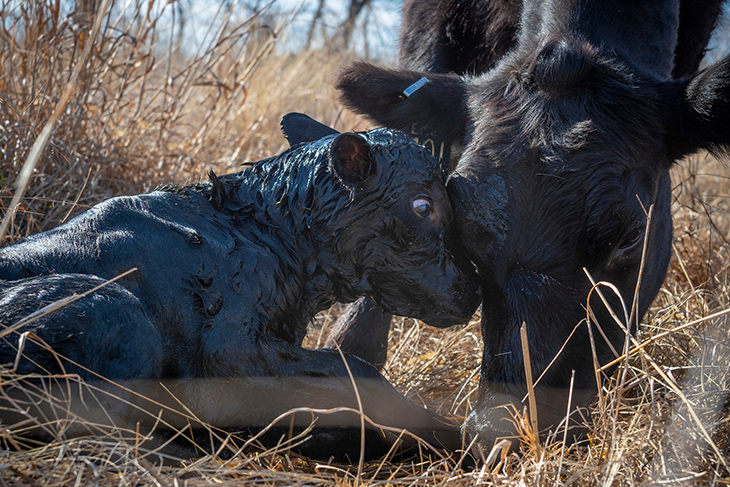
Have colostrum supplies on hand at start of calving season
Cow-calf operators who have not already stored several doses of colostrum or colostrum replacer should do so before the start of spring-calving season, said Barry Whitworth, Oklahoma State University Extension veterinarian and food animal quality and health specialist. “Calves born after a diffic...Read more -
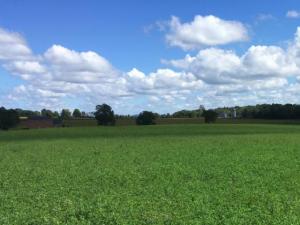
Fall Forage Management Tips
Fall is a great time to take care of some very important aspects for managing forage hay fields and pastures. Below is a list of things that when done in the fall can help avoid big headaches this winter and next spring or even next summer. One of the most important things to do now is to...Read more -
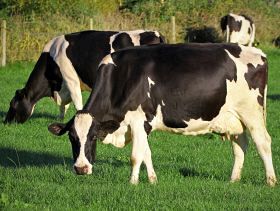
Dairy markets teetering, Rabobank
Dairy markets are teetering at levels not seen since 2014 Weather-related issues decimated Oceania’s peak production, and margin erosion in the US and Europe stymied growth, resulting in a year-on-year deficit that was too deep for favourable milk production gains in South America to offset, repo...Read more -
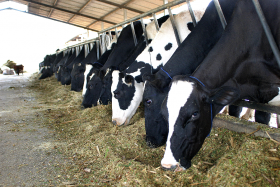
Cow’s digestive system influences human’s vitamin B12 intake
Milk is the main source of vitamin B12 consumption for Canadians. A glass of cow’s milk contains about 46% of the daily-recommended dietary intake of vitamin B12 for adults. But what factors influences the concentration of B12 in a glass of milk? Turns out, what cows eat and how they digest it ca...Read more -

China to stabilise grain production, ensure livestock supply in 2022
Food security is a growing issue China will stabilise corn production and expand soybean output in the new year to ensure grain security, the Communist Party’s People’s Daily quoted the agriculture minister as saying on Monday. “Safeguarding supply security of grains, and import...Read more -
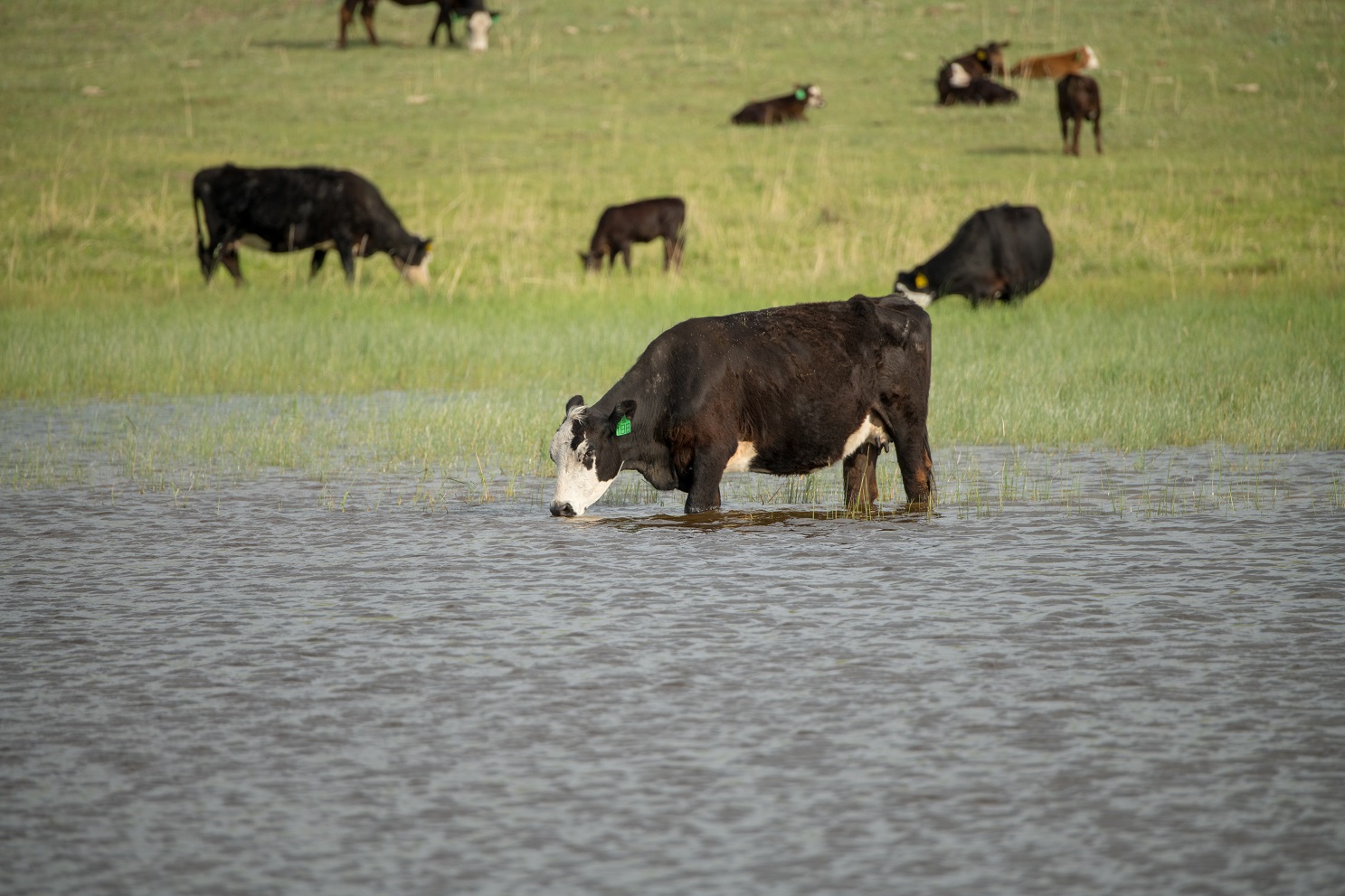
Annual Cow Costs – The Big Three
When looking at annual cow costs and doing an economic analysis, three categories tend to make up the largest percentage of total costs: feed, labor/equipment and cow depreciation. Other expenses occur, such as breeding expense and veterinary costs, but they tend to be significantly less than the...Read more -
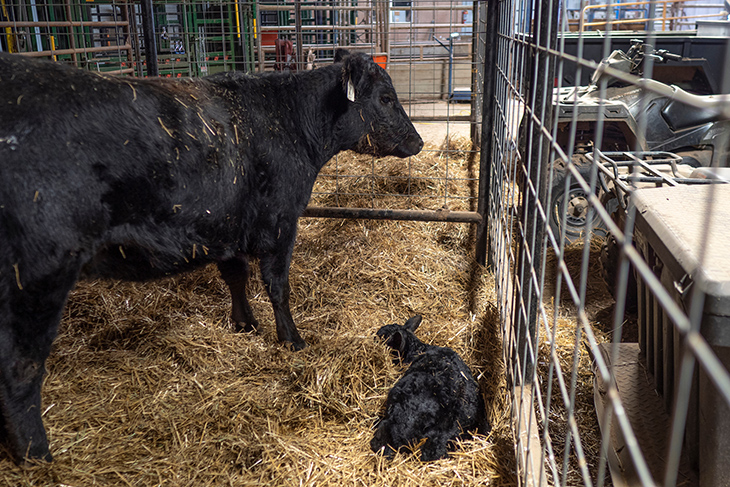
A backwards calf will need assistance at birth
Cow-calf producers should review how to help their livestock through a difficult calving beforehand, said Oklahoma State University experts. Most calves are born headfirst with their front feet extended, but a few are positioned backward and might not survive without help. “A cow that is in early...Read more -
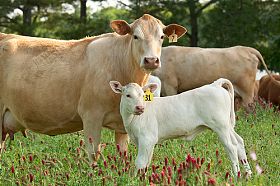
World Antibiotic Awareness Week Key takeaways from new FAO report to reduce livestock antimicrobial use through nutrition
The FAO invited four experts from around the world, including me, to write a paper focused on how nutrition can help reduce antibiotic use. I welcomed this opportunity to collaborate with co-authors Prof. John Patience from the Iowa State University in the USA, Prof. Defa Li from the China Agricu...Read more -
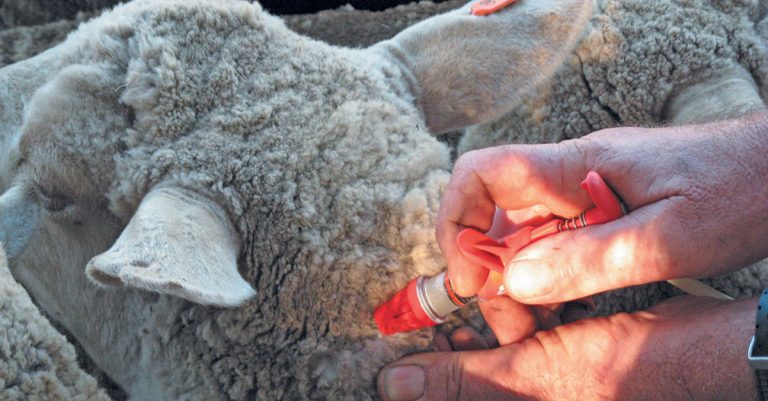
Why vaccines are so important for your animals
Many medications are available for treating diseases and other problems, such as worms, in livestock. But by far the most important treatment you can give your animals is vaccinations against the diseases that occur in your area. Shane Brody explains why vaccines are different to other medicines,...Read more -
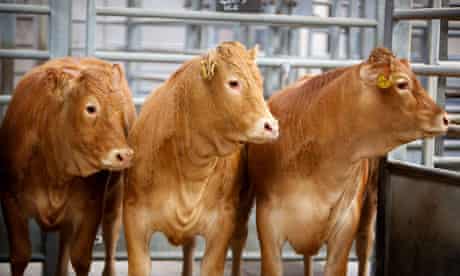
Tuberculosis in cattle
Tuberculosis (TB) can occur in many animals (cattle, sheep, goats, chickens, pigs, dogs, and wildlife such as lions, baboons and buffaloes), but this article focuses mainly on TB in cattle, which is termed bovine TB. Bovine TB is not only sometimes fatal, but also contagious, and it can spread to...Read more -
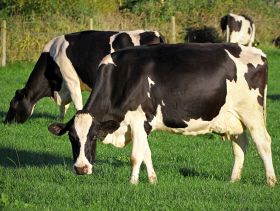
The digestive system of cows influences human’s vitamin B12 intake
Milk is the main source of vitamin B12 consumption for Canadians. A glass of cow’s milk contains about 46% of the daily-recommended dietary intake of vitamin B12 for adults. But what factors influences the concentration of B12 in a glass of milk? Turns out, what cows eat and how they digest it ca...Read more -
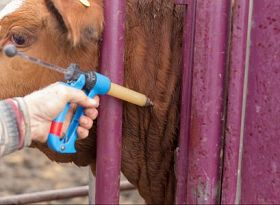
The Cost Benefit Of Using Vaccines In Beef Cattle
Vaccination is a proven tool for disease prevention. Vaccination recommendations vary by region and by farm as the environment, production, and management practices can increase or decrease the amount of risk cattle are exposed to. Disease exposure occurs in numerous places including community pa...Read more -
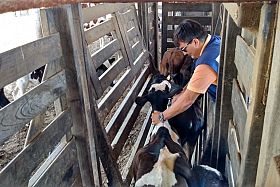
Second stage of Brazil’s campaign against FMD started Nov 1
The second stage of Brazil’s national vaccination campaign against foot-and-mouth disease in 2021 started November 1st, according to the Brazil’s Ministry of Agriculture. At this stage, about 78 million bovines and buffaloes up to 2 years of age should be vaccinated. Vaccination will ...Read more -

SARS-CoV-2 variant detected in dogs and cats with suspected myocarditis
A new study in the Veterinary Record reveals that pets can be infected with the alpha variant of SARS-CoV-2, which was first detected in southeast England and is commonly known as the UK variant or B.1.1.7. This variant rapidly outcompeted pre-existing variants in England due to its increased tra...Read more -
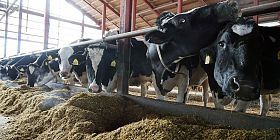
Rumen additive and controlled energy benefit dairy cows during dry period
Getting nutrition right during a dairy cow’s dry period can make a big difference to her health and the health of her calf. But it’s also a key contributor to her milk yield after calving. New research from the University of Illinois shows diets containing consistent energy levels and the rumen-b...Read more -
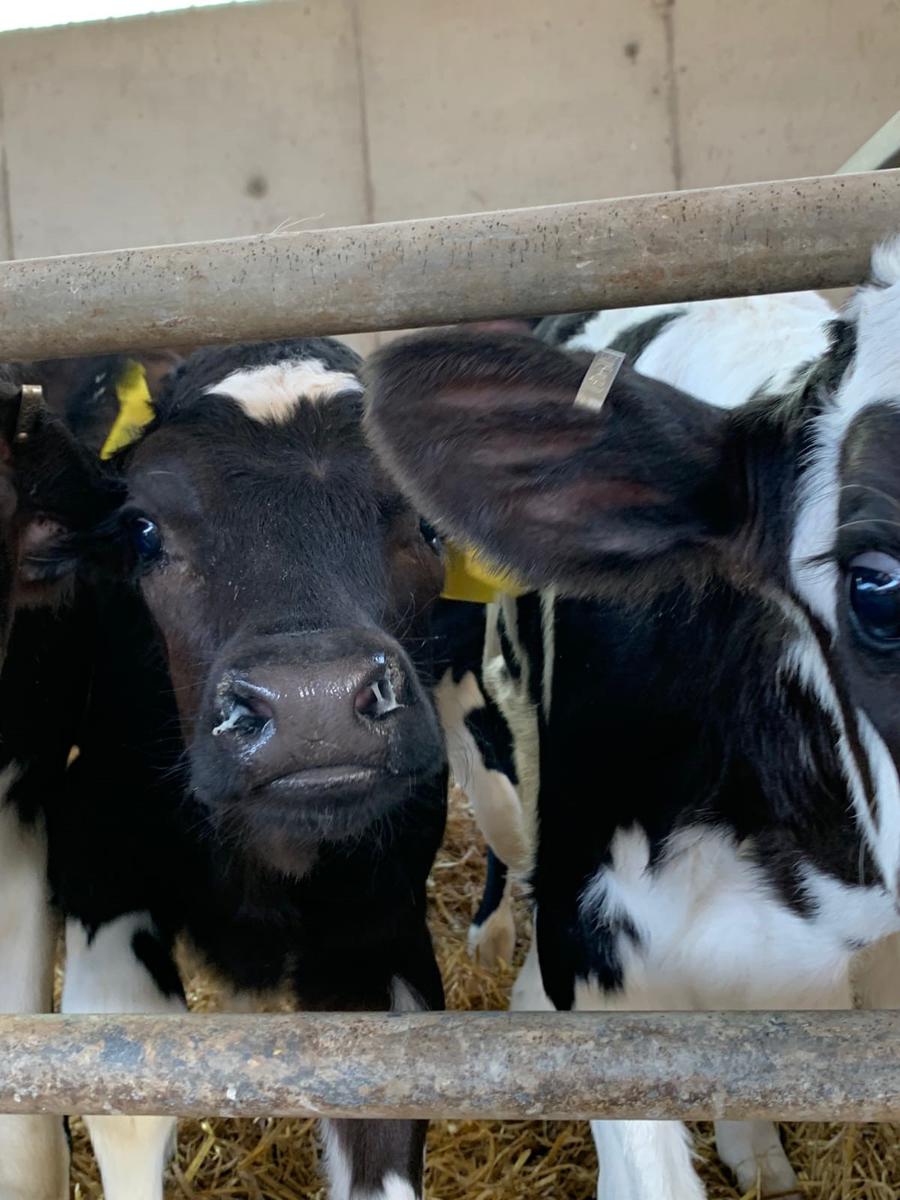
RH&W unveils bold plans to eradicate BVD and sheep scab by 2031
The livestock industry has set out bold ambitions to eradicate sheep scab and Bovine Viral Diarrhoea (BVD) by 2031, among other goals, following a Ruminant Health and Welfare (RH&W) workshop held on 29 June. The workshop included over 70 leading farmers, vets, researchers and industry stakeho...Read more

